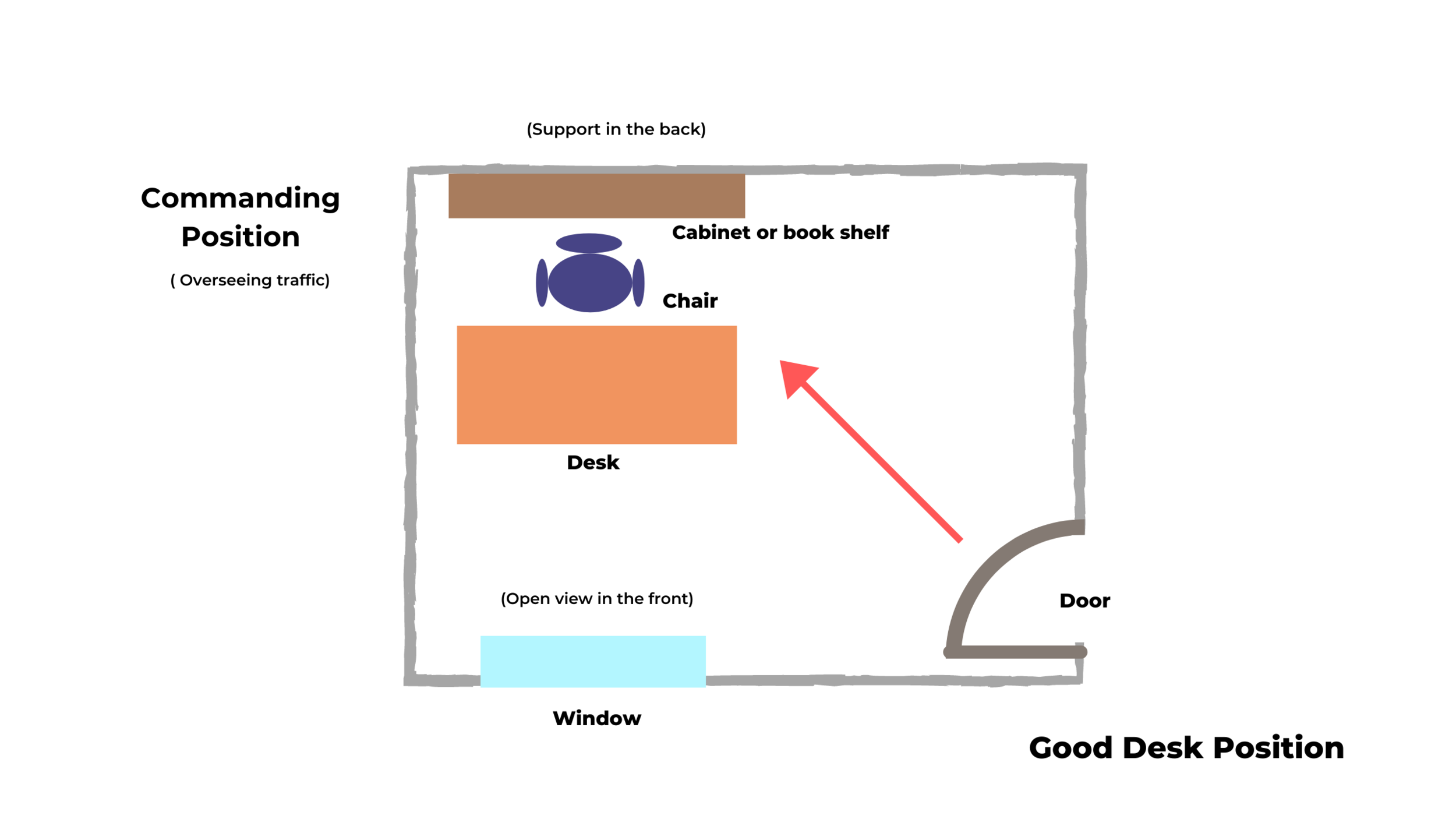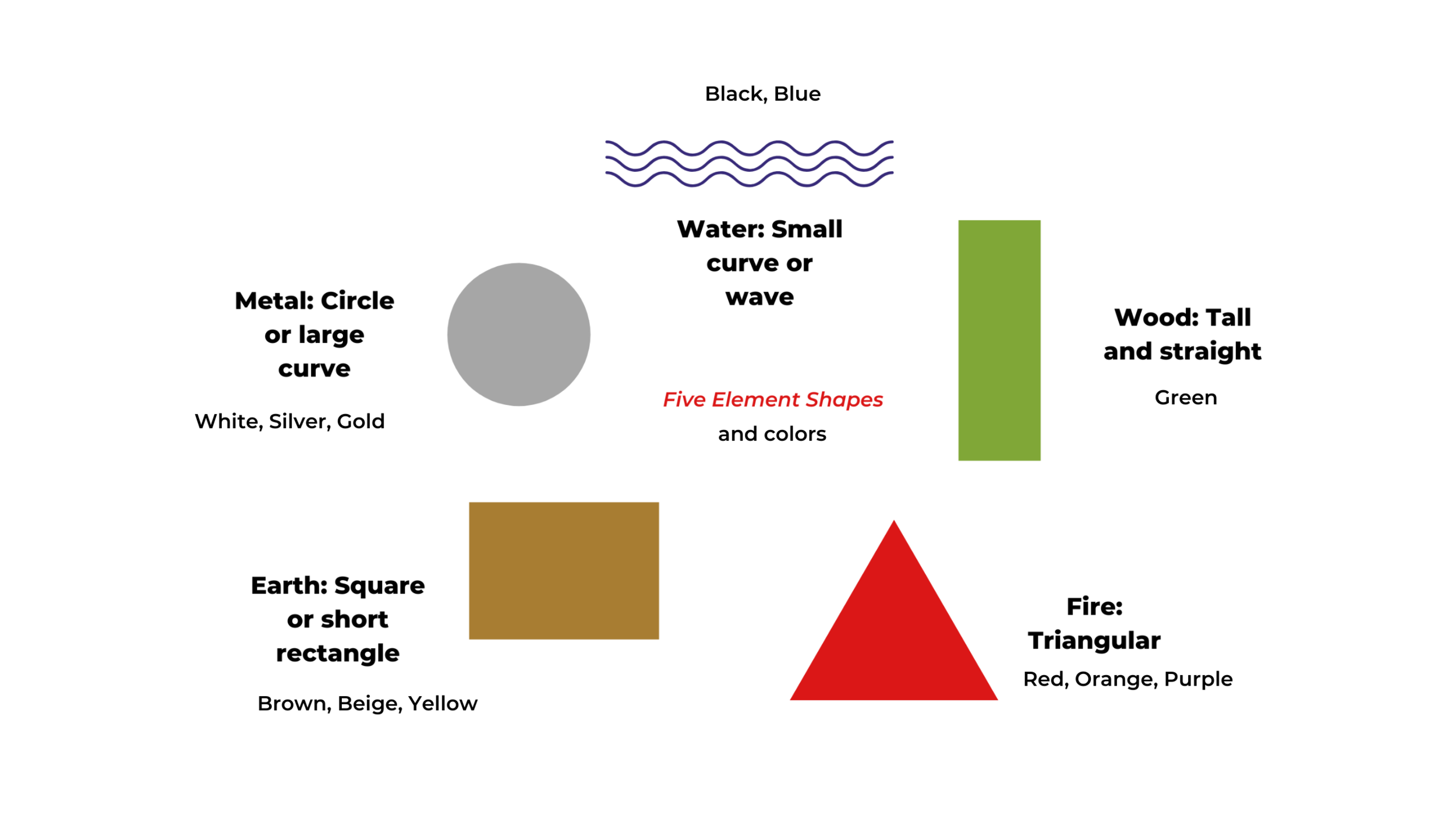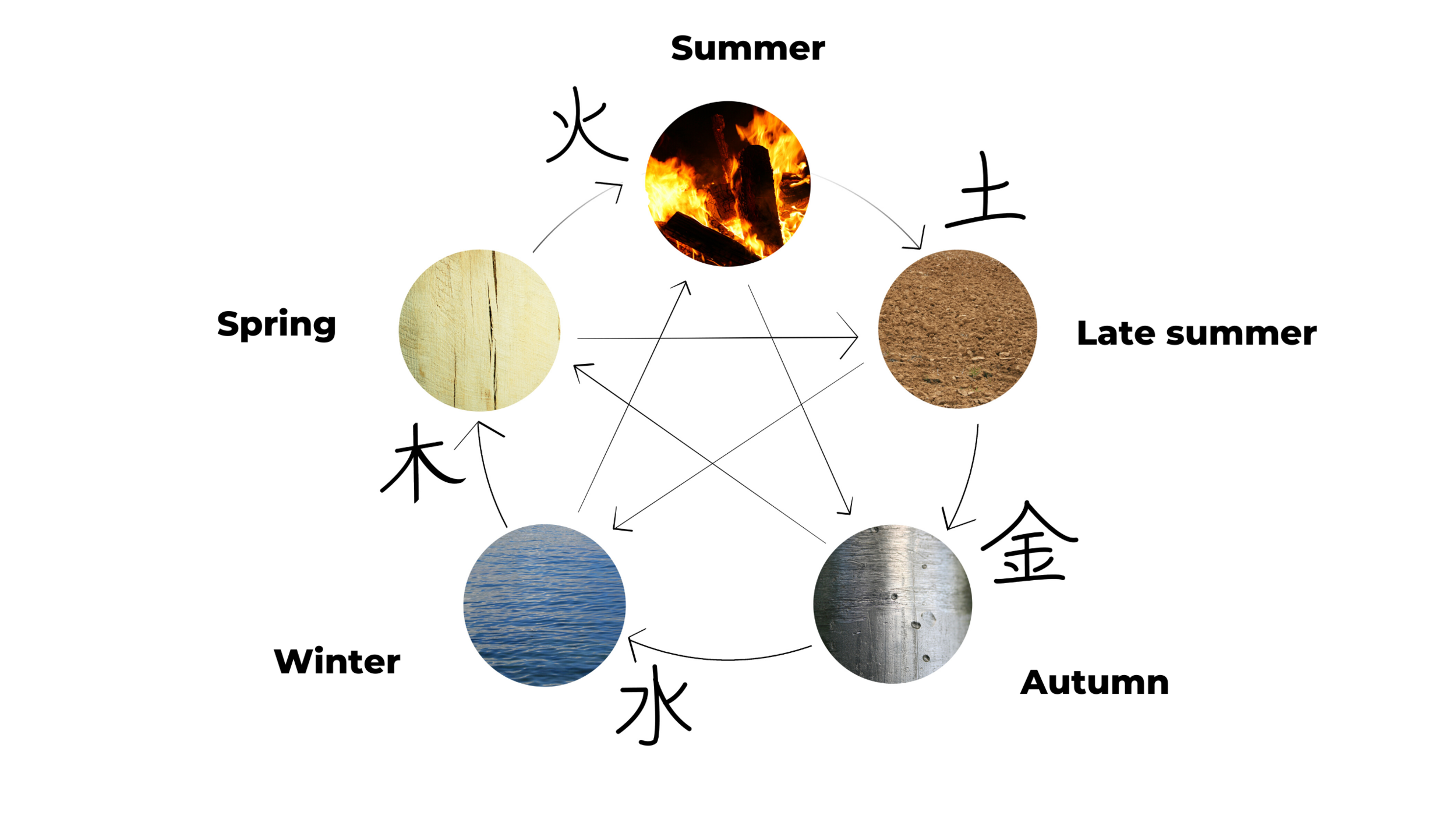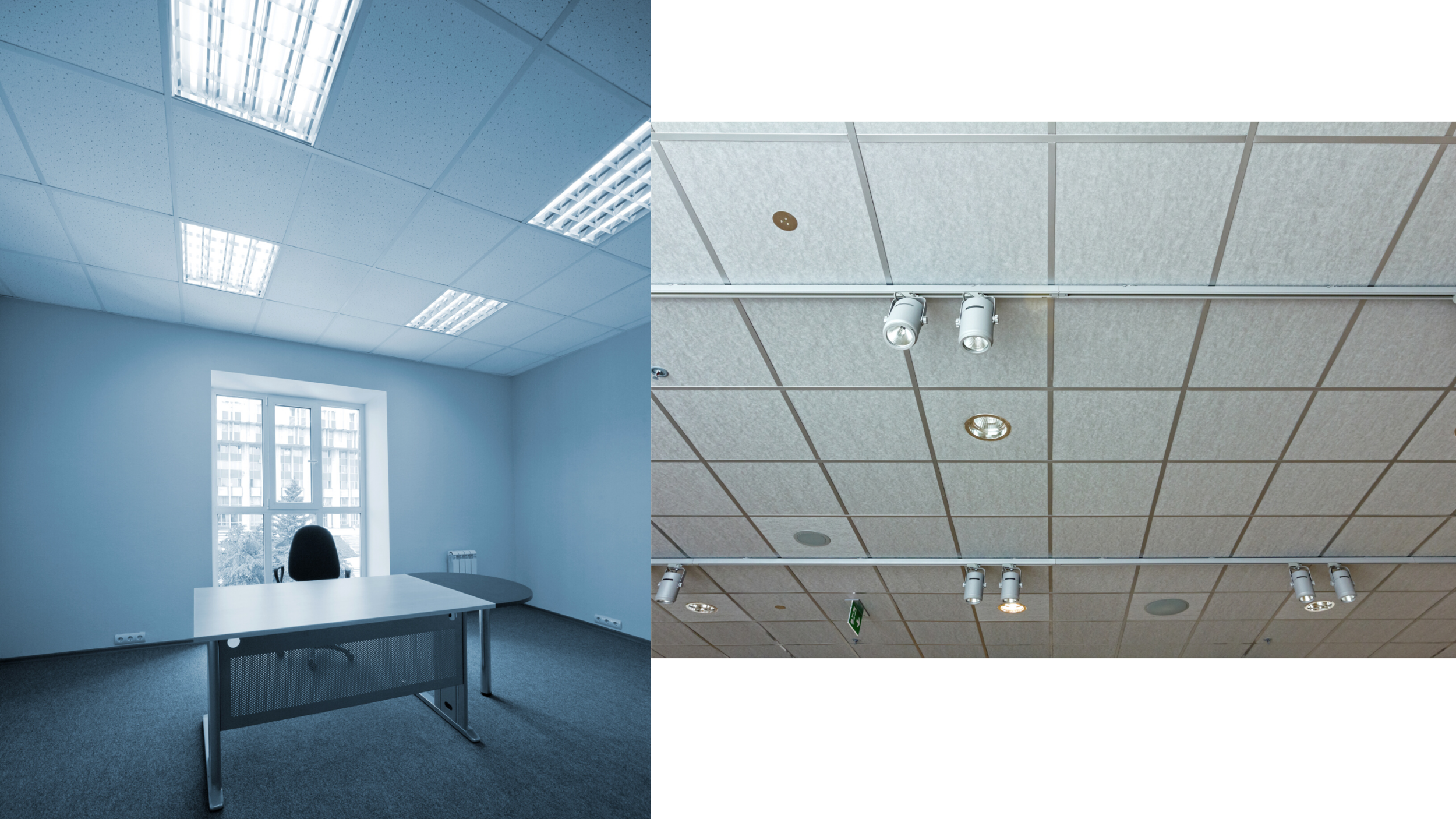Feng Shui tips for office design
/Feng Shui tips for office and workspace design
We spend a lot of time working in our jobs, whether from the office or from home. It is the area we tend to forget when we talk about Feng Shui. If you work in an office setting, space is probably designed already by the company. Even if you just have a small cubicle space, we can still maximize the space to fit your personality and increase focus and balance.
Watch our Office Feng Shui design video below
Step 1: Set up your intention
Before you start the Feng Shui makeover of your office or workspace, think about what you like to achieve, and what you want to change. There is often a trigger for us to start making changes. You might feel dissatisfied with your current position or types of work, or having issues with your coworkers. You might be wondering why the promotion always goes to a different person but you are always doing the most work. These are the signs of a good time to rearrange your office and start fresh in your career.
Once you have an idea of where you want to be and where you are right now, you have a better idea of how to get there and what will it take.
Step 2: Layout of your office
Not everyone can rearrange the furniture or change the layout of the office space, but we work with what we can.
Commanding position
Here is the layout of the “commanding position” in Feng Shui. It is when you sit down in front of a desk, you can oversee the whole room. There is no traffic behind you, only a solid wall or tall cabinet/shelf. That is a symbol of support behind you. In front of you, it is better to have open views. A window will be great. See the picture above.
What if you can not arrange your desk and chair this way? Maybe you can still add some bookshelf or curtain behind you as support if you do not have a wall behind you. As for the front view, you can add a picture of an open landscape to represent your bright future. If you can not see the traffic behind you when you are working, consider adding a mirror in front of you to reflect the incoming traffic behind you.
Step 3: Clean, declutter, organize, and purify the space
A very simple but effective way to refresh any space is to declutter and organize. Just leave the items you really need and create your own filing system to fit your work habit. When you have a clean, uncluttered space, your focus and productivity will improve.
To go one step further, we can purify the space with different methods. You can burn a smudge stick made of dry herbs, light up an incense, sprinkle some rice or salt in every corner, and leave for a few hours before clean up, or spray some essential oil such as eucalyptus or sandalwood.
Some people like to use sound to infuse a better vibration. A metal bell, a singing bowl, or any musical instrument will bring some positive energy.
Step 4: Introduce your own personal touch
To break the typical boring office setting, it is a good idea to add your own style and personal touch. Add some pictures or art that are inspiring to you. Is there any successful people or mentor you admire? What about your career goals and dreams? Display the pieces that help you focus and motivated.
Step 5: Balance the Yin, Yang, and the five elements
We know the Yin and Yang are the 2 opposite forces. The yang is the active, outgoing, and brighter energy, while the Yin is the passive, introverted, and darker. There is no easy way to balance the energy. Trust your intuition, move things around until the space feels right to you.
The five-element represents 5 different forces and the interaction can be found in the basic chart below. There is a generating cycle and a controlling cycle. By adding or removing certain colors or shapes, we can enforce or reduce certain elements.
The five-element also corresponds to the seasons with the Earth element being the late summer season.
You can move around the furniture and play with different colors and shapes to find the best combination for you. You can refer to your birth chart (Ba Zi) or birth season as a starting point. And let your intuition guide you to find the best Feng Shui setting.
Overlay your Feng Shui chart
Overlaying your Feng Shui chart on top of your office is another way to find the best Feng Shui setting. You do not need to do this step if it sounds too complicated. But if you already have a chart, you can overlay on top of the office plan and find out the energy of each sector.
Depends on the Feng Shui school you follow, there might be different charts. You can always follow the yearly Flying Star Feng Shui chart we posted at the beginning of the year.
Step 6: Bring in extra luck with Feng Shui items
This is the step most people jump into when we talk about Feng Shui. We can place Feng Shui enhancers or activators to ensure extra protection and luck.
Common Feng Shui items include:
- Natural plants (avoid needle leaf plants such as cactus).
- Water feature (a small water fountain, fish tank, or simply drinking water).
- Natural crystals or Jade for protection and increased energy.
- Feng Shui animals such as Pi Xiu, Qi Lin, Dragon, Dragon Turtle, and so on. They represent high energy and success, bring in protection and helpful people.
Step 7: Proper lighting
We tend to overlook the lighting in designing a space. Lighting is important functionally and for our mental well-being. A well-lit workspace helps with productivity and protects our eyes.
Many office lighting is either too harsh and blue or too weak and flat. It can make us feel depressed and tired easily.
It is better to have several sources of lighting including ambient lighting and task lighting which is adjustable.
The color temperature of the light bulb or lamp is very important too. About 2800 to 3000K is a proper range for working. It is not too yellow or too blue for long-term working. The lower color temperature produces more yellow light.
An office space evolves over time. We change our career goals and focus. So, we can review the office space yearly (or even monthly or seasonally) and make adjustments to furniture and decor.
Maintaining a clean, organized space is also an ongoing challenge for many people. When we are busy, we tend to ignore the surrounding clutter. It is a good habit to clean and declutter before it gets out of hand. Refresh and renew the space regularly with the purification methods mentioned above. Display meaningful items to keep you inspired and focused. That is the basic principles of good office Feng Shui.

























